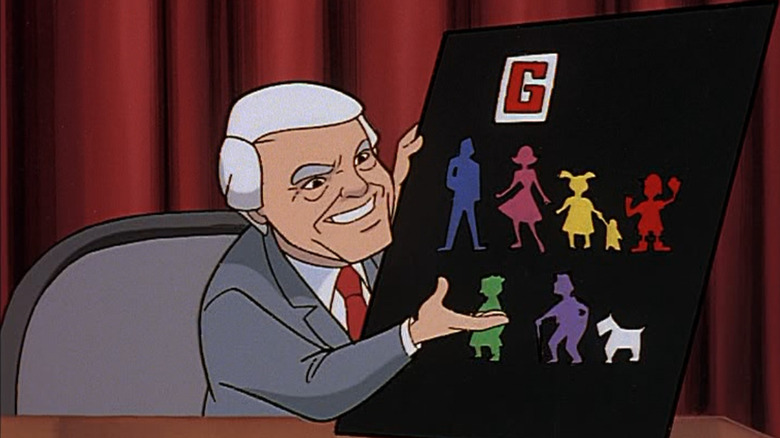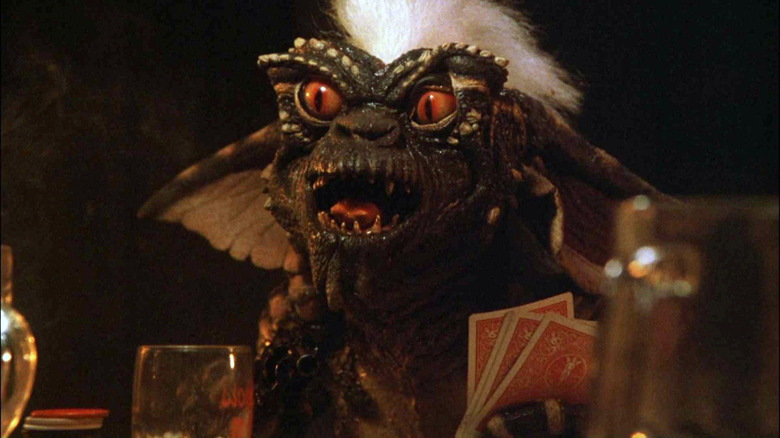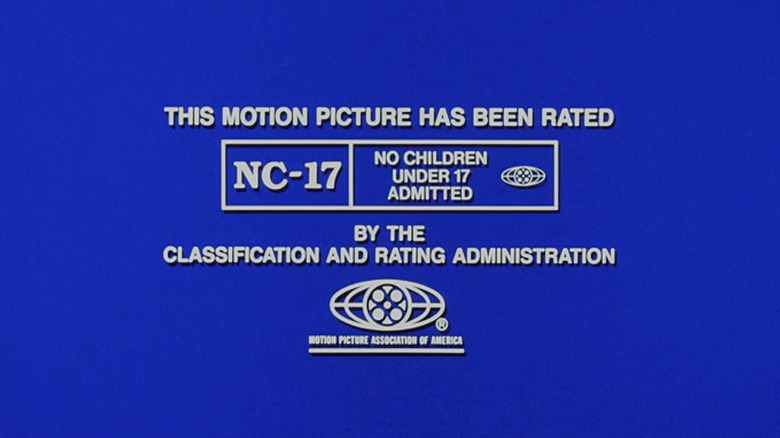The 5 Movie Ratings Explained: G, PG, PG-13, R & NC-17 Meanings
In 1919, Hollywood was already under scrutiny. In the eyes of hanky-wringing, ultra-conservative watchdog groups, the film business had become a haven for sex and violence, presenting lascivious and salacious material to an unwitting, impressionable public. By 1921, the government was already proposing dozens of pieces of legislation to censor film content and reign in the indecency. The bulk of the proposed laws were draconian and terrible, and several states began forming specialized media censorship boards, each with their own rules. The film industry wouldn't have been able to comply with them all, as each state had a different decency standard. In response to the widespread moral panic, the film industry at large agreed to a means of self-censorship, hiring a conservative Presbyterian minister named Will H. Hays to oversee studio content and make sure no one was being naughty.
Initially, Hays met with Hollywood muckety-mucks E.H. Allen of Paramount, Irving G. Thalberg of MGM, and Sol Wurtzel of Fox, and the group came up with a list of 11 topics that were "Don'ts" — things explicitly banned from film production. They also had a list of 26 "Be Carefuls," requesting that filmmakers approach said topics with caution and tact. The "Don'ts" included cussing, nudity, drugs, "inference of sex perversion," "white slavery," "miscegenation" (!), ridicule of the clergy, or "willful offense to any nation, race or creed." The "Be Careful" list was varied, including everything from marriage ceremonies to the use of firearms. That was in 1927.
It's worth reminding readers that the above codes were considered prudish and ridiculous even at the time, clearly made to placate small groups of noisy a-holes. Nonetheless, in 1934, the Hays Code became a production standard, forcing all major productions to acquire a Code Certificate before release. It was the first properly enforced rating system in the United States.
Read on to see how the Hays Code became the MPA Ratings — G, PG, PG-13, R, and NC-17 — that we know and love today.
The transformation of the Hays Code to the MPAA ratings system
Filmmakers protested the Hays Code incessantly, and noted director Otto Preminger deliberately violated it multiple times throughout the 1950s. But the Hays code technically stayed in place all the way until 1966. That was the year Jack Valenti took over the Motion Picture Association of America. That was also the year "Who's Afraid of Virginia Woolf?" was released, coming with a special, brand-new rating: SMA, or suggested for Mature Audiences.
Valenti hated the Hays Code, feeling it was dated, strict, and that it reeked of censorship (which it did). In its place, Valenti invented and implemented the wholly voluntary letter-based MPAA Ratings Code, first put into effect in 1968. These ratings were meant to inform consumers what objectionable things a film may contain, and allow audiences to make decisions on their own. For the first two years of its used, the MPAA Ratings were:
- G – For General Audiences
- M – For Mature Audiences
- R – For Restricted Audiences; people under 16 weren't allowed without a guardian.
- X – For Adults over 16
From 1972 to 1984, the rating system was reworked slightly as:
- G – For General Audiences
- PG – Parental Guidance is recommended
- R – This time, people under 17 needed a guardian
- X – For adults over 17
(Note: For its first two years, PG was known as GP.)
In 1984, thanks to the release of PG-rated films like "Gremlins" and "Indiana Jones and the Temple of Doom," the MPAA's rating system came under scrutiny again. It seems that filmmakers were drifting toward filmmaking that wasn't quite violent/raunchy enough for an adult audience, but was certainly too rough for an elementary school-aged kid. It was Steven Spielberg who suggested Valenti implement the PG-13 rating, to be placed in between PG and R.
Here's how the modern system works and what each rating means
The phrase "X-Rated" was co-opted by the adult film industry in the late 1970s. Although porno films weren't submitted to the MPAA rating board for certification, smut makers wanted to communicate to audiences that their movies did indeed contain sexual material. Indeed, adult filmmakers soon began marketing their films as being beyond the MPAA's X rating, claiming that their films were double-X rated, and then soon, triple-X rated. To this day, "Triple-X" is used to describe pornography.
In 1990, the MPAA decided to rectify this by essentially turning the X rating into the NC-17 rating. Functionally, it was the same, but it shook off the stigma associated with porn. The language has changed slightly in the MPAA's various rating descriptors, but since 1996, the five U.S. letter ratings have looked like this:
- G – General audiences: All ages admitted.
- PG – Parental guidance suggested: Some material may not be suitable for children.
- PG-13 – Parents strongly cautioned: Some material may be inappropriate for children under 13.
- R – Restricted: Under 17 requires accompanying parent or adult guardian.
- NC-17 – Adults only: No one 17 and under admitted.
The MPAA became the MPA in 2019. Their website is far more detailed about the above ratings.
There are, of course, all kinds of massive problems with the rating system as it is, as certain ratings have come to be seen as more or less commercially viable (no filmmaker wants the curse of an NC-17, everyone wants the sweet spot of the popular PG-13, making for the rise of bland, four quadrant art). As described in Kirby Dick's 2006 documentary "This Film is Not Yet Rated," certain ratings serve as a cattle brand, dooming movies to commercial failure. The standard for how each movie receives a rating is also bizarre and secretive, with a shadowy ratings board that doesn't have to explain itself, often dinging queer content and sex over cussing and violence.
Perhaps another overhaul could be in the near future.


